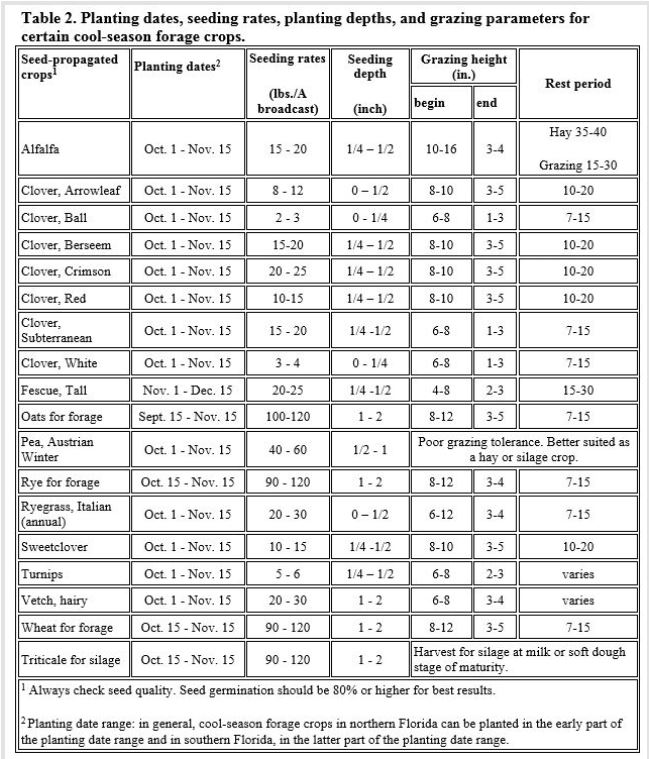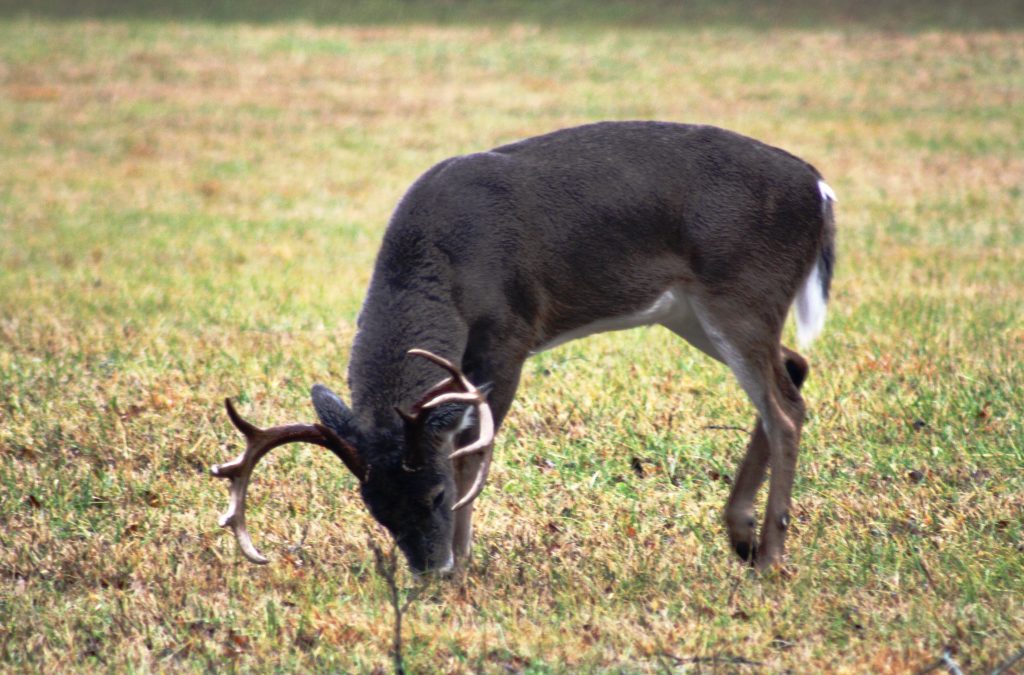
by Shep Eubanks | Sep 12, 2018
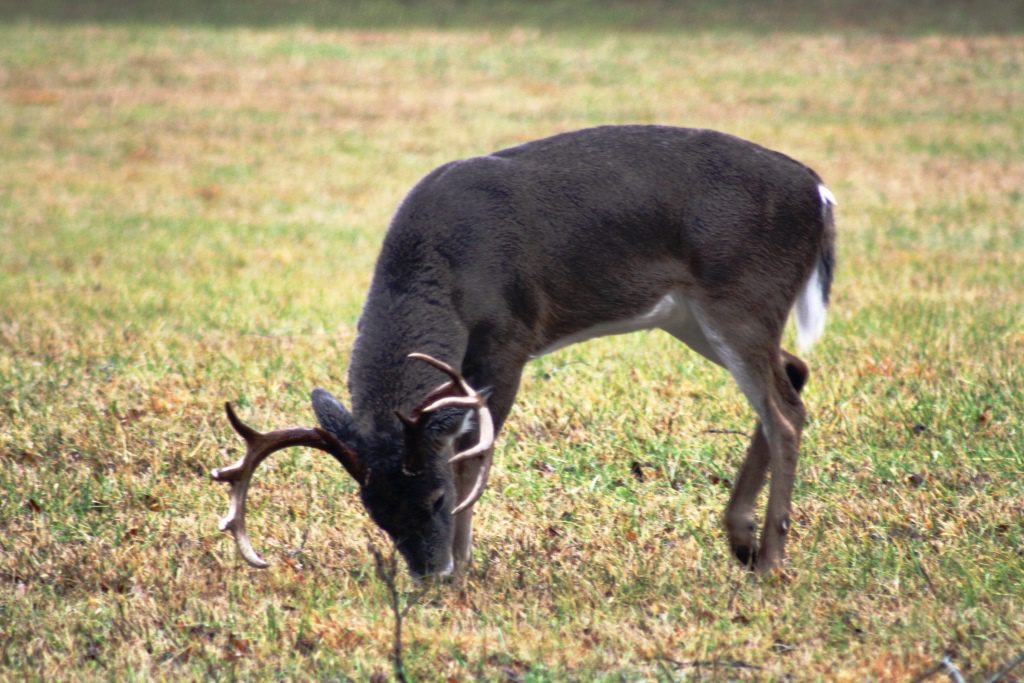
North Florida buck feeding on acorns at the edge of a food plot. Photo Credit – Shep Eubanks UF/IFAS
It’s that time of year when landowners, hunters, and other wildlife enthusiasts begin to plan and prepare fall and winter food plots to attract wildlife like the nice buck in the photo.
Annual food plots are expensive and labor intensive to plant every year and with that thought in mind, an option you may want to consider is planting mast producing crops around your property to improve your wildlife habitat. Mast producing species are of two types of species, “hard mast” (oaks, chestnut, hickory, chinkapin, American Beech, etc.), and “soft mast” (crabapple, persimmon, grape, apple, blackberry, pears, plums, pawpaws, etc.). There are many mast producing trees and shrubs that can be utilized and will provide food and cover for a variety of wildlife species. This article will focus on two, sawtooth oak (or other oaks) and southern crabapple.
Sawtooth Oak
Oaks are of tremendous importance to wildlife and there are dozens of species in the United States. In many areas acorns comprise 25 to 50% of a wild turkeys diet in the fall (see photos 1, 2, and 3) and probably 50% of the whitetail deer diet as well during fall and winter. White oak acorns average around 6% crude protein versus 4.5% to 5% in red oak acorns. These acorns are also around 50% carbohydrates and 4% fat for white oak and 6% fat for red oak.
The Sawtooth Oak is in the Red Oak family and typically produces acorns annually once they are mature. The acorns are comparable to white oak acorns in terms of deer preference as compared to many other red oak species. Most red oak acorns are high in tannins reducing palatability but this does not seem to hold true for sawtooth oak. They are a very quick maturing species and will normally begin bearing around 8 years of age. The acorn production at maturity is prolific as you can see in the photo and can reach over 1,000 pounds per tree in a good year when fully mature. They can reach a mature height of 50 to 70 feet. There are two varieties of sawtooth oak, the original sawtooth and the Gobbler sawtooth oak, which has a smaller acorn that is better suited for wild turkeys. The average lifespan of the sawtooth oak is about 50 years
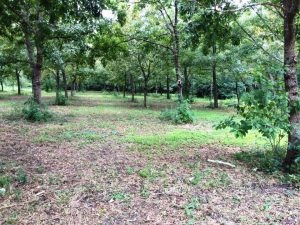
Photo 1 – Seventeen year old planting of sawtooth oaks in Gadsden County Florida. Photo Credit – Shep Eubanks UF/IFAS

Photo 2 – Gadsden County gobblers feeding on Gobbler sawtooth oak acorns
Photo Credit – Shep Eubanks UF/IFAS
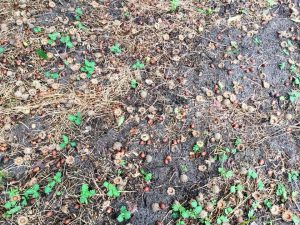
Photo 3 – Gobbler sawtooth oak acorns in Gadsden County. Notice the smaller size compared to the regular sawtooth oak acorn which is the size of a white oak acorn.
Photo credit – Shep Eubanks UF/IFAS
Southern Crabapple
Southern Crabapple is one of 25 species of the genus Malus that includes apples. They generally are well adapted to well drained but moist soils and medium to heavy soil types. They will grow best in a pH range of 5.5 – 6.5 and prefer full sun but will grow in partial shade as can be seen in photo 4. They are very easy to establish and produce beautiful blooms in March and April in our area as seen in photo 5. There are many other varieties of crabapples such as Dolgo that are available on the market in addition to southern and will probably work very well in north Florida. The fruit on southern crabapple is typically yellow green to green and average 1 to 1.5 inches in diameter. They are relished by deer and normally fall from the tree in early October.
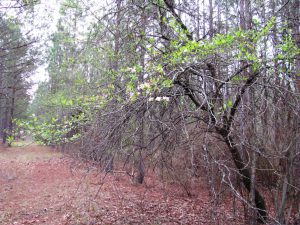
Photo 4 – Southern crabapple tree planted on edge of pine plantation stand. Photo taken in late March during bloom.
Photo credit – Shep Eubanks UF/IFAS
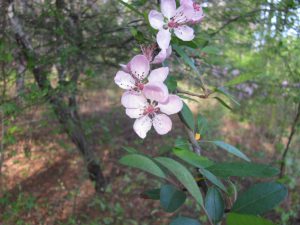
Photo 5 – Showy light pink to white bloom of southern crabapple in early April during bloom.
Photo credit – Shep Eubanks UF/IFAS
A good resource publication on general principles related o this topic is Establishing and Maintaining Wildlife Food Sources.
If you are interested in planting traditional fall food plots check out this excellent article by UF/IFAS Washingon Couny Extension Agent Mark Mauldin: Now’s the Time to Start Preparing for Cool-Season Food Plots .
For more information on getting started with food plots in your county contact your county’s UF/IFAS Extension Office
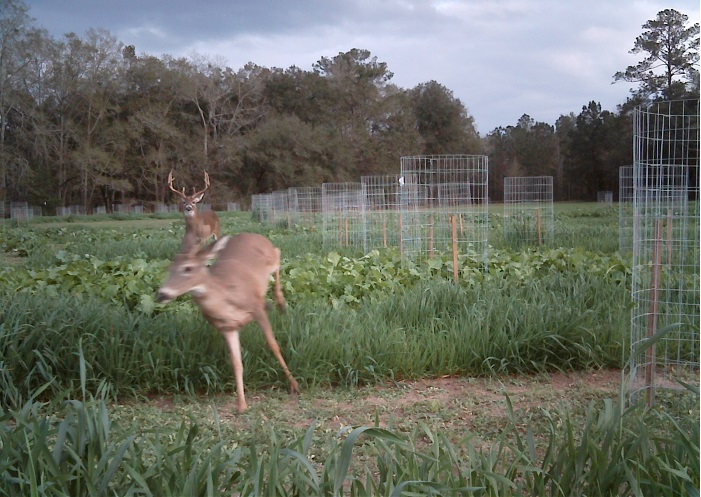
by Mark Mauldin | Nov 7, 2016

A buck chases a doe through plots of wildlife forages being evaluated in 2013 at the University of Florida’s North Florida Research and Education Center. Photo Courtesy of Holly Ober
It should be too late in the year for an article about cool season food plots; they should already be up and growing, at the very least planted. It’s November, archery season has begun, the fall food plot ship should have already sailed. However, due to the incredibly dry weather we’ve had for the past several months I hope that ship hasn’t sailed. I hope you have not planted your food plots yet. The tristate area is dry, too dry to plant anything you expect to survive. If you have not already planted, don’t until your area gets substantial rain.
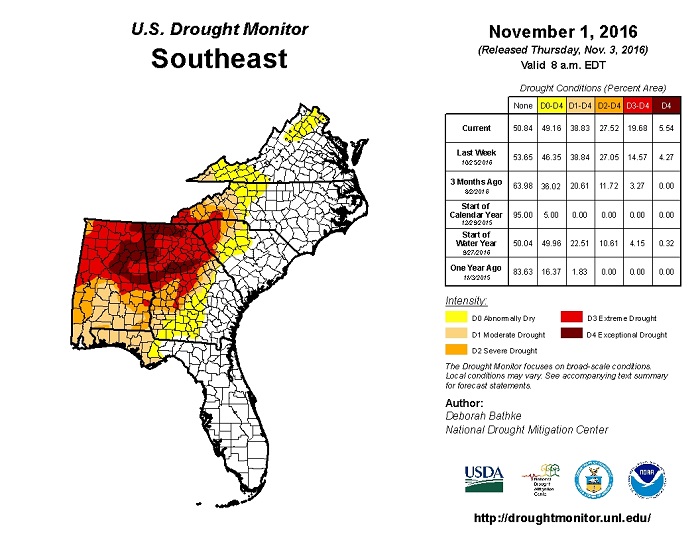
Very dry conditions persist across the Southeast.
The saying goes “The best time to go hunting is whenever I have time”. As the classic weekend-warrior sportsman myself, I can easily relate to that saying and I can also understand how/why folks would apply that same logic to planting food plots. Unfortunately, with this fall’s weather that logic does not hold true. Any plantings made before we have adequate moisture run a very high chance of being complete failures.
These likely failures can playout in a variety of ways but they all end the same. Seedlings have tiny roots systems, moisture must be accessible very near the soil surface in order for them to access it. If moisture is unavailable in the tiny root zone the seedlings will wilt. Wilting greatly diminishes the plants ability to carry out photosynthesis; no photosynthesis no energy. Seedlings have virtually no stored energy to fall back on, so the seedlings begin to die rapidly.
Admittedly, I left out one key detail in the plant horror story above; moisture is required for seed germination. If it is dry enough seeds can be planted and nothing will happen – they won’t germinate, they won’t try to grow, they won’t die from lack of moisture. This fact leads some to conclude, “Plant now and it will come up whenever it rains”. While there is some sound logic in that conclusion, it is a very risky plan when you consider the types of plants we typically include in our wildlife plots. “Dusting in” as it is called in the crop world, can work with larger seeded, deeper planted crops. It is not well suited to small seeded, very shallow planted forages like clover. When a seed is right at the soil surface the tiniest amount of rain or even a heavy dew could provide enough moisture for germination which would likely start the process I described earlier.
The safest bet is to wait until your area has received a good soaking rain and there is a favorable chance for additional rains. As dry as we are now, that first ½ inch shower will not provide adequate moisture for establishment if it is followed by an extended period without additional rain.
Sooner or later it will rain (I think), so you wind up planting your plots later than normal. What does that mean? In the grand scheme of things, not much. As we get later in the year the days get shorter and the air and soil temperatures get lower which can slow the development of the plants. That said, the real growth for most of our cool season forages really occurs in the spring and that will still be that case regardless of if you planted in October, November or December. Remember the goal of food plots should be increasing the quality and quantity of forage available for wildlife throughout the entire year.
The dry weather has messed up food plot establishment as it relates to hunting season but if all you wanted was a game attractant for hunting purposes food plots were probably not your best bet in the first place. It takes considerable time, effort and expense to maintain quality food plots, to the point that they are really not a very practical option if only viewed as an attractant for a few months out of the year.

If attracting deer, not improving habitat, is your primary goal you might consider establishing a feeding station. Be sure to check FWC regulations before you begin feeding game animals.
Be patient, wait for the weather conditions to improve before planting. There is no point in wasting your time and money on plantings that have a very low chance of being successful. Contact your county’s agriculture or natural resources agent for more details relating to the establishment of wildlife plots.










